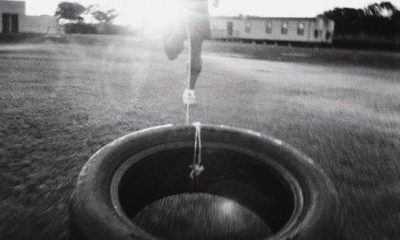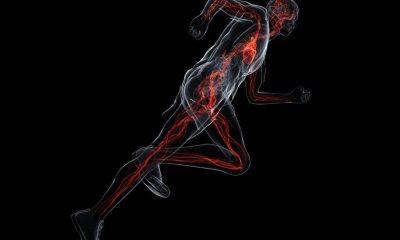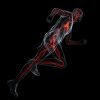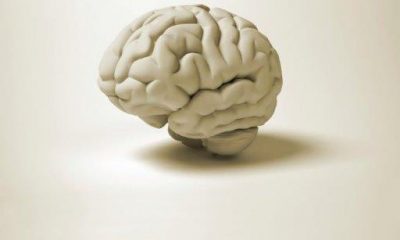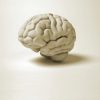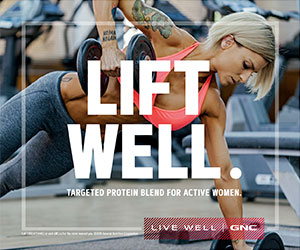Performance
Live Clean – “Say it ain’t so, Lance”
In confessing to cheating in international cycling races, Lance Armstrong admits he used a cocktail of performance-enhancing drugs to boost red blood cells, improve strength and stamina, and mask his unethical behaviours from anti-doping authorities.
Drug of Choice
Erythropoietin (EPO)
 EPO is a peptide hormone that is produced naturally by the human body. It’s released from the kidneys and acts on the bone marrow to stimulate red blood cell production. By injecting EPO, athletes aim to increase the concentration of red blood cells to boost their aerobic capacity. EPO abuse has serious health risks: by thickening the blood, it can lead to an increased risk of heart disease, stroke, and cerebral or pulmonary embolism. The drug has been implicated in the deaths of several athletes.
EPO is a peptide hormone that is produced naturally by the human body. It’s released from the kidneys and acts on the bone marrow to stimulate red blood cell production. By injecting EPO, athletes aim to increase the concentration of red blood cells to boost their aerobic capacity. EPO abuse has serious health risks: by thickening the blood, it can lead to an increased risk of heart disease, stroke, and cerebral or pulmonary embolism. The drug has been implicated in the deaths of several athletes.
Here’s the scoop on other drugs commonly used in sports doping—the good, the bad, and the ugly.
Blood Doping
There are two forms of blood doping: 1) autologous blood doping is the transfusion of an athlete’s own blood, which has been stored, refrigerated, or frozen until needed and 2) homologous blood doping is the transfusion of blood taken from another person with the same blood type.
Although the use of transfusions for blood doping dates back several decades, experts say it has seen a recent resurgence, probably due to the introduction of more efficient EPO detection methods.
Anabolic Steroids
Anabolic steroids resemble testosterone, a hormone produced in male testes. Because these drugs affect muscle growth, raising their levels in the blood can help athletes to increase muscle size and strength.
The Good: Increase in lean muscle mass with a decrease in body fat and recovery time after injury.
The Bad: Abuse of these drugs can make people aggressive and cause high blood pressure.
The Ugly: Liver problems, impotence and declining sperm production, testicular atrophy in men, kidney failure, and heart disease.
Human Growth Hormone
Human growth hormone (hGH) (also called somatotrophin or somatotrophic hormone) is naturally produced by the body and synthesized and secreted by cells in a gland at the base of the brain.
The major role of hGH is to stimulate the liver and other tissues to secrete insulin-like growth factor IGF-1. IGF-1 stimulates production of cartilage cells, resulting in bone growth and also playing a role in muscle and organ growth. All of these can boost sporting performance.
The Good: hGH is often called the “fountain of youth” because elevated hGH levels make you feel youthful and can reverse the effects of aging.
The Bad: Commonly reported side effects for hGH abuse are diabetes; worsening of heart diseases; muscle, joint, and bone pain.
The Ugly: High blood pressure, abnormal growth of organs, and osteoarthritis.
Diuretics
Diuretics can be used to mask the detection of other banned substances. Some commonly used diuretics include furosemide, bendroflumethiazide, and metolazone.
The Good: As well as masking other drugs, diuretics can also help athletes lose weight, which works to their advantage in sports where one must qualify in a certain weight category or obtain a super ripped look (for example, in bodybuilding and physique competitions).
The Bad: Dehydration is a prominent danger. Because diuretics increase urine output, they can deplete your body of water.
The Ugly: Depending on the type of diuretic, it can deplete potassium and other electrolytes. Depletion of electrolytes can induce cardiac arrhythmia, which can be life-threatening.











